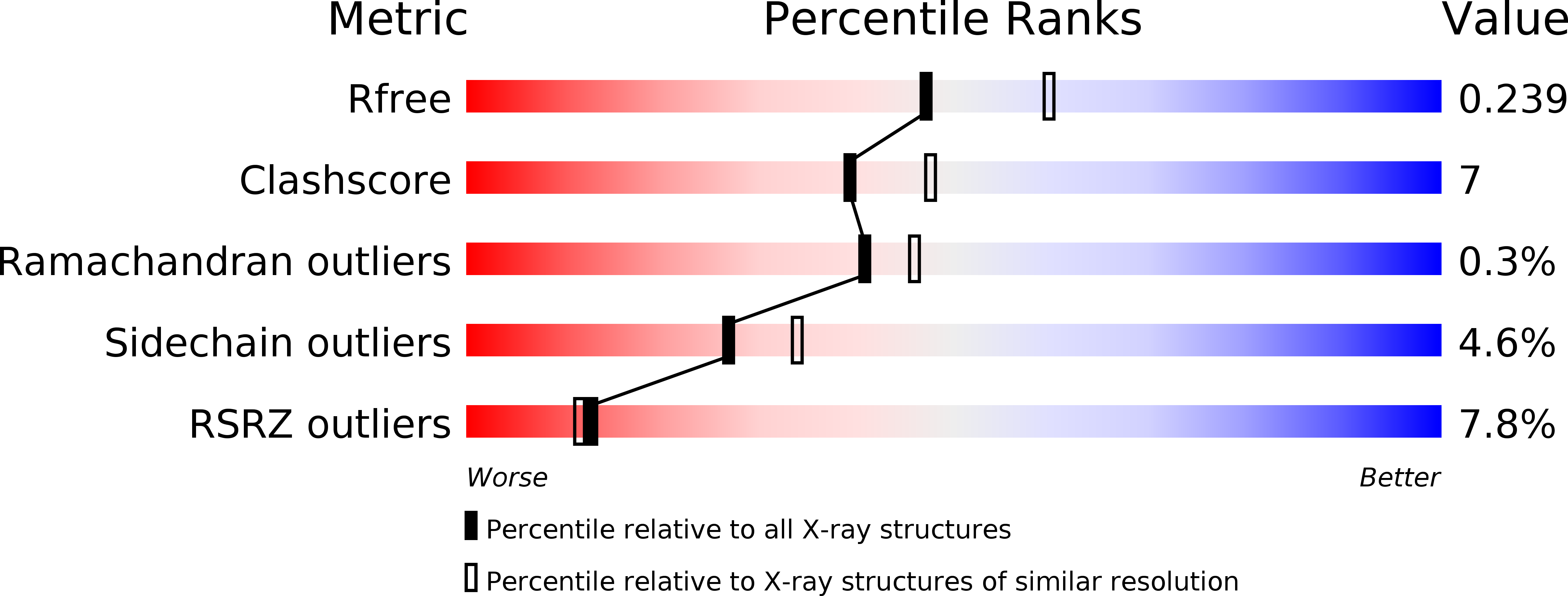
Deposition Date
2010-07-22
Release Date
2010-12-22
Last Version Date
2024-10-09
Entry Detail
PDB ID:
3O2D
Keywords:
Title:
Crystal structure of HIV-1 primary receptor CD4 in complex with a potent antiviral antibody
Biological Source:
Source Organism:
Mus musculus (Taxon ID: 10090)
Homo sapiens (Taxon ID: 9606)
Homo sapiens (Taxon ID: 9606)
Host Organism:
Method Details:
Experimental Method:
Resolution:
2.19 Å
R-Value Free:
0.22
R-Value Work:
0.19
R-Value Observed:
0.19
Space Group:
P 21 21 21


